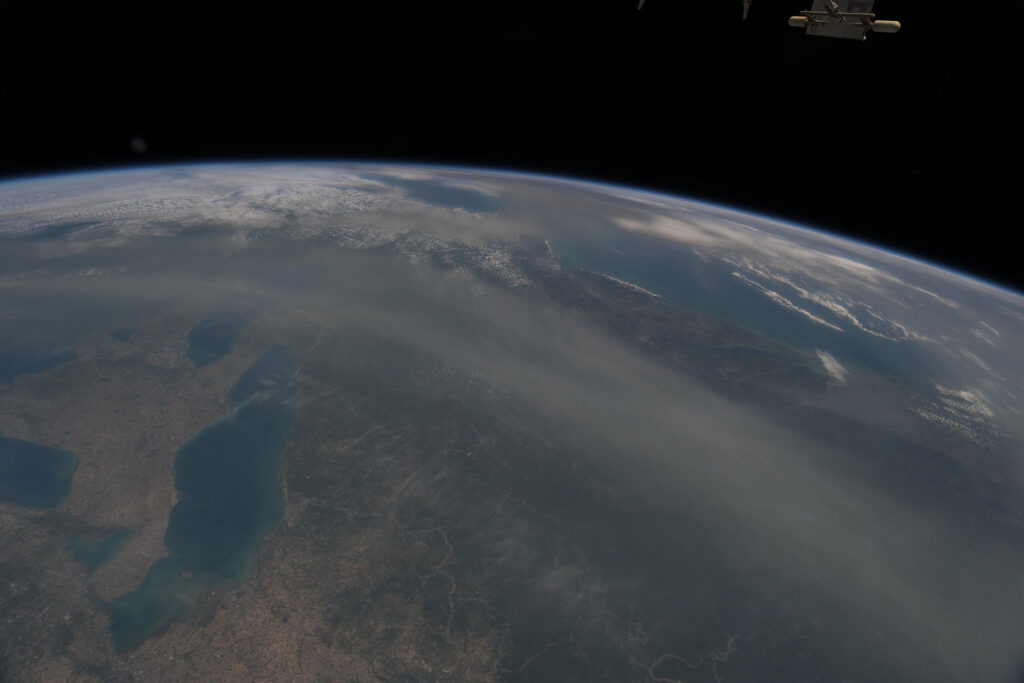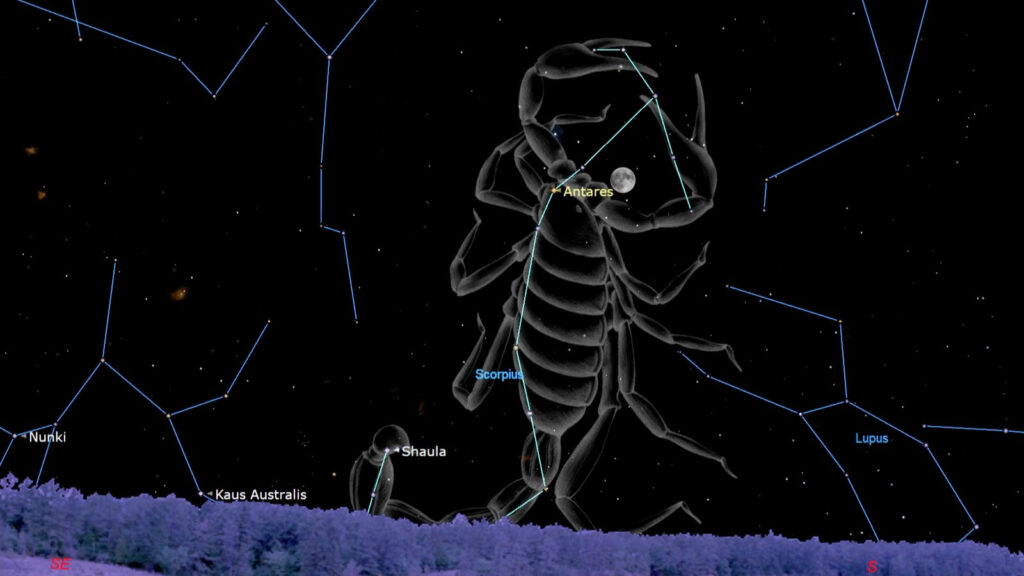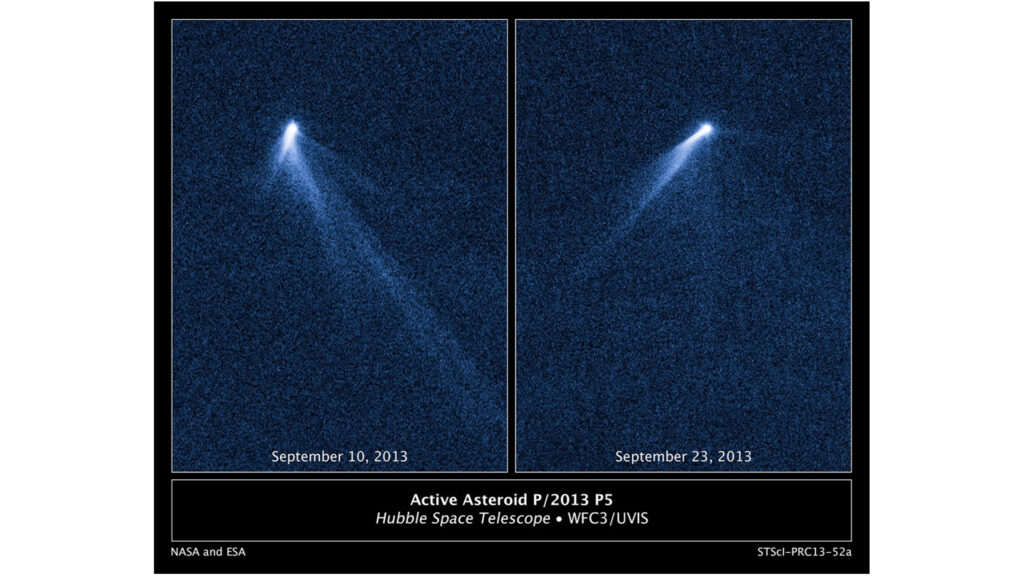Scientists may soon be able to detect the most mysterious entity in the universe using a fleet of next-generation satellites, a new theoretical study suggests.
Dark matter — a poorly understood substance that does not emit, absorb or reflect light but exerts a clear gravitational influence on other matter — dominates the universe. Despite being more than five times more abundant in space than ordinary matter, dark matter’s composition and properties remain entirely unknown.
To address this problem, Hyungjin Kim a theoretical physicist at the German Electron Synchrotron (DESY) accelerator center, proposed searching for dark matter particles using gravitational wave detectors — instruments designed to measure subtle ripples in the fabric of space-time that were first predicted by Albert Einstein.
Related: What is dark matter?
Dark matter as waves
There are many hypotheses about the nature of dark matter particles, which accumulate in huge quantities to form so-called halos in galaxies. In the new paper, published in December 2023 in the Journal of Cosmology and Astroparticle Physics, Kim assumed that these particles may be extremely light, as many popular theories of dark matter predict.
Related: Physicists want to use gravitational waves to ‘see’ the beginning of time
“Ultralight particles appear commonly in many beyond-the-Standard-Model theories,” Kim told LiveScience via email. Some of these particles are “perfect candidates” for dark matter, raising some interesting implications for how the elusive entity might behave, he added.
“Unlike other ‘particle’ dark matter candidates, ultralight dark matter particles behave more similarly to classical [electromagnetic] waves,” Kim said.
The wave properties of dark matter could lead to unexpected behaviors. In particular, recent theoretical studies suggest that the density of dark matter within a galactic halo should undergo random changes, jostling entire galaxies and potentially leaving subtle clues about dark matter’s makeup.
“Imagine waves in the ocean; we see all the time there are fluctuations at the surface of the ocean, and it evolves in unpredictable ways,” Kim said. “The same would happen in the ultralight dark matter halo,” with the resulting fluctuations potentially extending millions of times the distance between the Earth and the sun, Kim added.
If dark matter is ultralight, and if it indeed behaves like a wave, then scientists could potentially detect its movements with gravitational wave detectors.
Gravitational wave detectors come to the rescue

According to Einstein’s theory of general relativity, gravitational waves are ripples in the fabric of space-time.
When such a wave passes through a gravitational wave detector, it alters the geometry of the space inside, temporarily changing the distance between two mirrors or other similar objects placed inside the detector. This minute change enables scientists to detect the gravitational wave’s presence.
In his study, Kim suggests this distance could be altered not only by a gravitational wave but also by a moving dark matter fluctuation, which could attract the mirrors with its gravitational field much like Earth attracts celestial bodies traveling around it.
“These fluctuations randomly move within the solar system, and continuously bombard gravitational wave detectors,” Kim said.
To see if modern gravitational wave detectors could theoretically detect the influence of ultralight dark matter, Kim calculated how dark matter particles of varying sizes might perturb space-time. Kim had to explore a wide range of masses — from about 16 to 28 orders of magnitude smaller than the mass of an electron.
His theoretical analysis showed that for all these masses, existing detectors such as the Laser Interferometer Gravitational-Wave Observatory (LIGO), which helped prove the existence of gravitational waves in 2015, would not be able to detect dark matter fluctuations because their sensitivity is too low.
RELATED STORIES:
However, there are several projects for future gravitational wave detectors that will be located in space, and the distance between their satellites will not be several miles, like the distance between the mirrors of LIGO, but around a million times bigger. If this distance changes even by a small fraction, the magnitude of the change should be so large that dark matter’s influence should be measurable.
“What I found is that the dark matter fluctuations bombardment could leave a distinctive signal in gravitational wave detectors, and potentially future space-borne detectors might be able to test the hypothesis of ultralight dark matter,” Kim said. “My proposal utilizes future space-borne gravitational wave detectors, such as Laser Interferometer Space Antenna (LISA).”
With LISA currently scheduled to launch in the mid-2030s, this theory may be more than a decade away from being testable. However, Kim added, in the meantime there may be other ways of detecting dark matter’s influence on space-time.
“I am currently investigating the prospect of rapidly rotating neutron stars as another way to probe such fluctuations,” he said.


